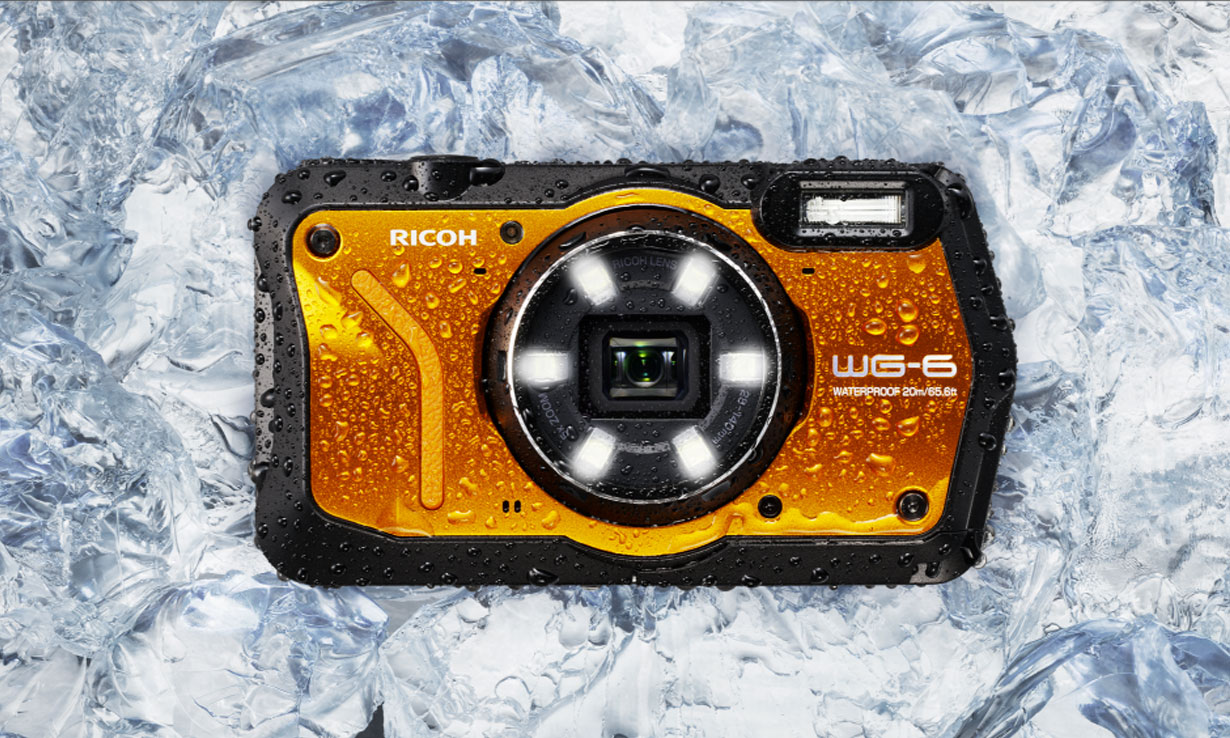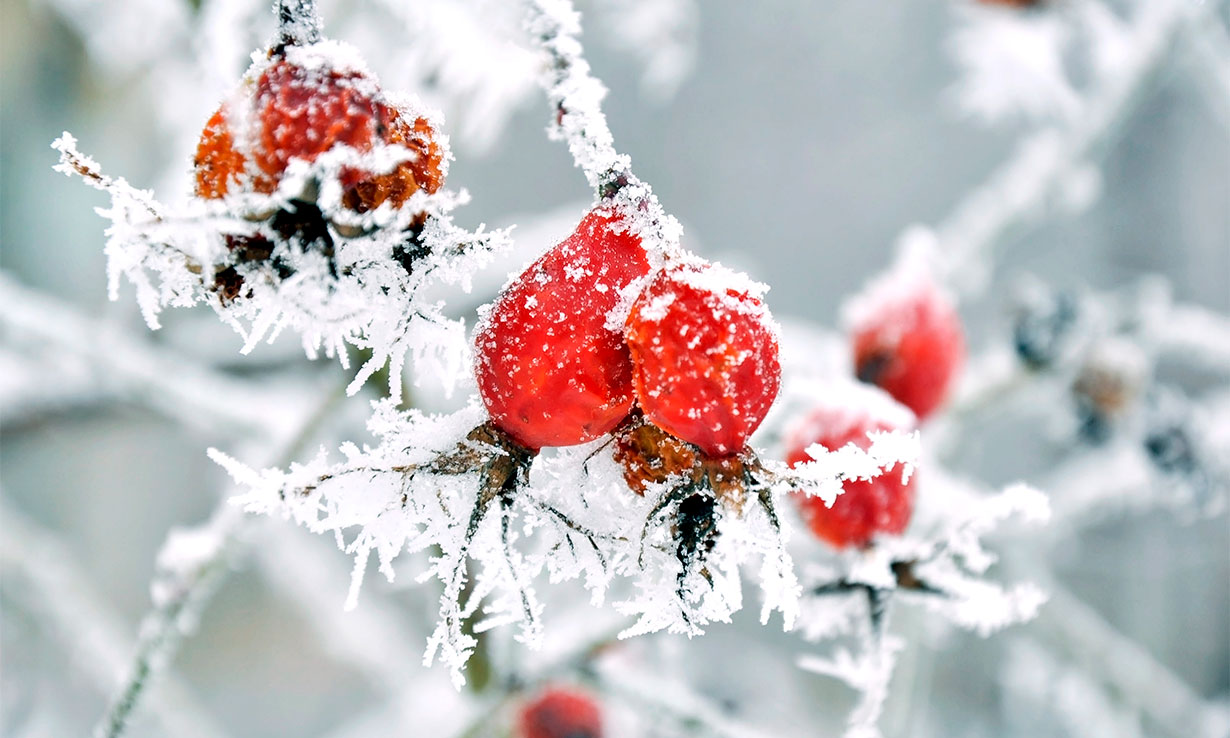By clicking a retailer link you consent to third-party cookies that track your onward journey. This enables W? to receive an affiliate commission if you make a purchase, which supports our mission to be the UK's consumer champion.
Leafy parks and snowy scenes: our camera expert's tips for winter photography

The thought of colder weather and grey skies may fill you with doom and gloom, but there's beauty in the autumn and winter months that you don't want to miss out on, especially if you're a keen photographer.
There's nothing like looking out the window and seeing a fresh blanket of snow, or strolling through the park watching the orange and red leaves fall from the autumn trees. These are sights to rival the cherry blossoms and lush green grass of spring and summer.
That's why we've put together some tips to help you make the most of the colder months and capture those stunning seasonal scenes.
Want to buy a new camera? Check out all of our digital camera reviews here.
Make sure you've got the right kit

If you really want to withstand the elements, go for a tough camera. These are able to cope with knocks and drops, freezing temperatures, rain - you name it. And only the best ones pass our toughness tests at the lab.
However with rugged cameras, as they're generally smaller (with a smaller sensor), there is the trade-off of lower image quality. But that's not always the case: some can be good, while others can be so bad you might as well not have the camera at all. Take a look at our waterproof camera reviews to find out which rugged models impressed us the most.
If image quality is super important to you, and you're more of an enthusiast, there are DSLR and mirrorless models which are weatherproofed. This means they're resistant to the elements, so you won't have to worry about them being damaged.
Some of the most recent models to have this feature are the Panasonic Lumix S1M and S1RM and the Olympus OM-D E-M1 X - do check out our reviews to see what we thought of the image quality though.
Capture falling leaves and snow

Capturing the weather can be tricky, but with the right equipment and settings, you'll be able to get some stunning shots. You can play around with the shutter speed to get the effect you're after. You'll need a camera which offers manual settings, so it's best to go for a premium compact or bridge camera if you'd rather not worry about the lens, or a DSLR or mirrorless model if you prefer to change lenses to suit what you're shooting.
Setting a fast shutter speed will allow you to stop time - freezing the snowflakes in mid-air. If you want them to look more like a flurry of flakes, you can make the shutter speed slower and the falling slow will look more like streaks than individual white spots. This also works well if you're photographing rain.
If you choose a slower shutter speed, make sure you use a tripod to avoid camera shake while the shutter is open, keeping your images blur-free.
Document memories

It's not all about the scenery - if you've got young children or grandchildren, or even pets, it's the perfect time to catch them playing in the snow or autumn leaves.
Portrait shots are great to capture the enjoyment on the faces of your family or furry friend, and you can set this as a mode on most compact cameras. If you're confident with manual settings or want to learn how to use them, you'll want to set a wide aperture (this will be a smaller f/stop). This will blur the background nicely, so the shot is focused sharply on the subject.
Read our guide on DSLR and mirrorless camera settings explained to find out more.
Shoot in RAW mode

If you shoot in RAW, rather than JPEG, your images won't be compressed and none of the details will be lost. That's not to say you can't get a good JPEG photo, but RAW will allow you to correct problem shots and post-process your images using an editing tool.
You can find out whether your camera shoots in RAW by checking the manual, plus we list this info in our tech specs tab on each camera review.
Try a macro lens

With a DSLR or mirrorless camera, you've got the benefit of being able to switch to a macro lens and shoot up close. You might traditionally think of macro shots being close-ups of bugs, bright flowers and even food, but winter provides an ideal time to get creative with macro photography. You can take photos of dew drops, foliage and even snowflakes, making everything larger than life.
If you haven't got a DSLR, there are a few rugged cameras, such as the Olympus Tough TG-6 and the Ricoh WG-6, which offer 'macro' modes. See our test results to find out how they compare to other compacts.
Watch out for wildlife

Although we might want to be tucked up under a blanket or snuggled up on the sofa, there are plenty of furry and flying critters out in the garden. Keep an eye out for squirrels, foxes and, of course, the red-breasted robin. Beyond your garden, deer in an autumnal or wintry scene is another photographers' favourite.
Try shooting with a zoom lens, so you don't have to get too close to the wildlife and risk disturbing them. A lot of models also have an option to shoot with a silent shutter, too - so look out for that if you're keen to capture wildlife.
Read our reviews of superzoom bridge cameras, and DSLR and mirrorless modelswhich you can buy zoom lenses for, to find out which wowed us in our lab tests.

